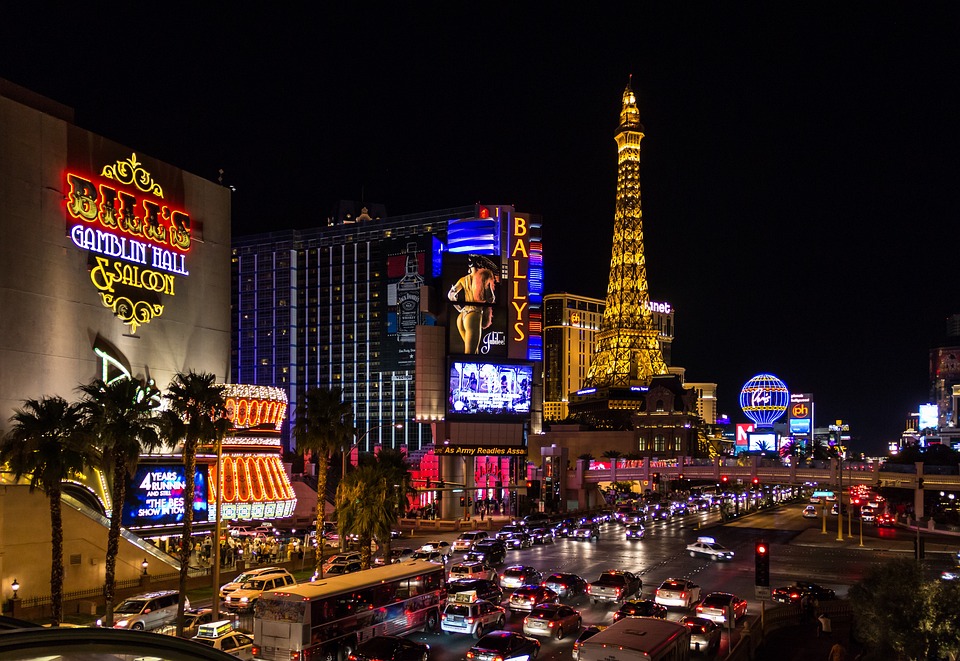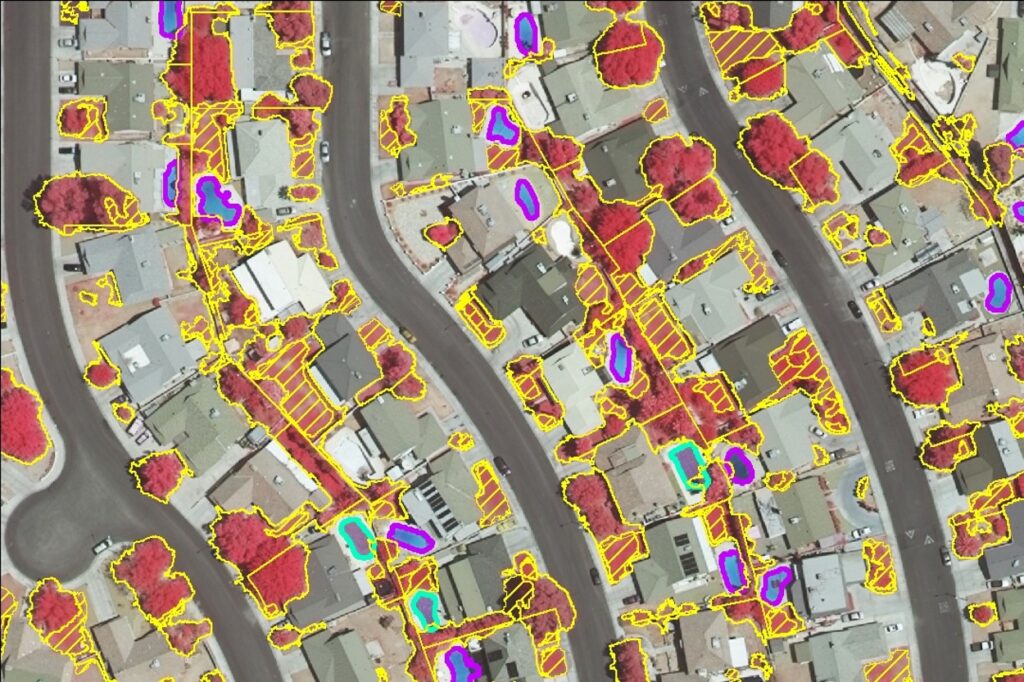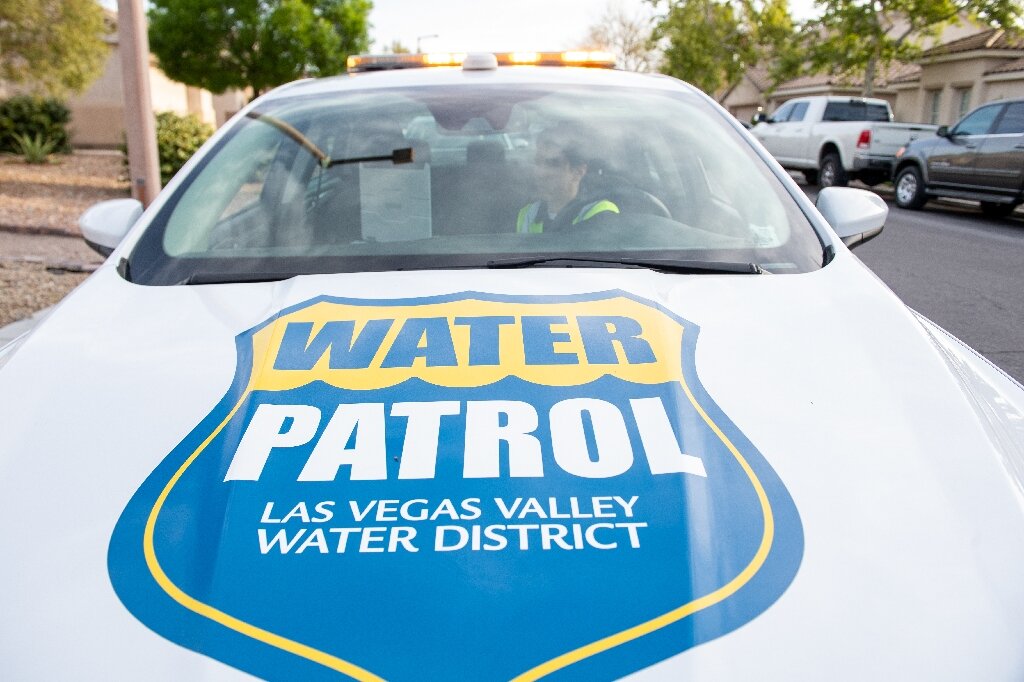Las Vegas, the desert city of overindulgence, may surprise you with its water conservation efforts. With a population of 2.3 million and an influx of 40 million tourists each year, the city is facing a severe water shortage. Nevada is only allowed to use less than two percent of the drought-hit Colorado River’s total water. So, the city has taken drastic actions to reduce water usage, including banning lawns and capping the size of swimming pools.

Despite the population increasing by more than half in the last two decades, the use of the Colorado River – Las Vegas’ primary water source – has decreased by almost a third. According to Bronson Mack, Southern Nevada Water Authority spokesman, Las Vegas has done a “very good job selling the facade of excess and decadence. But the reality is that our community is extremely water-efficient.”
Las Vegas achieved this through strict laws, financial incentives, and education during the severe drought in the early 2000s, when Nevada exceeded its river allocation. Researchers have praised the city as a model for water conservation across the region. The city is now a water conservation rock star, and Brian Richter said it’s “a model for cities” across the region.
On the Las Vegas Strip, famous casino attractions like the Bellagio’s fountains and the Venetian’s canals use non-potable groundwater from private wells. In the suburbs, early morning “water patrol” cars with flashing lights crawl the streets, hunting for broken sprinklers and leaky hoses. People who violate the rules face fines or warnings. Nevada offers homeowners $3 for every square foot of grass they remove and replace with water-efficient alternatives like drip-irrigated plants.
Las Vegas has a program that offers homeowners $3 for every square foot of grass they replace with water-efficient alternatives, like drip-irrigated plants.
Other major cities like Los Angeles and Phoenix have copied this program. Smaller towns find it harder to emulate because of their limited budget and ability to offer financial incentives, as Richter wrote in a recent study.
The water conservation programs are not always popular. Tedi Vilardo, a Las Vegas stay-at-home mom, has complied with the new rules limiting her to watering her lawn for 12 minutes, but she said she’s “seeing a ton of dead spots.” She dislikes fake grass, which burns her children’s feet. A recent rule limiting new swimming pools to 600 square feet (56 square meters) has infuriated contractors like Kevin Kraft, who designs giant pools for wealthy homeowners. The industry was not consulted until the legislation was a “done deal,” and Kraft says a cap based on a percentage of a home’s total lot size would save more water. However, Kraft described Southern Nevada’s water conservation as “world-class,” adding that “the other states such as California? It’s not even close.”

The rules limiting Nevada’s access to the Colorado River, which supplies water to 40 million people, including California’s cities and giant farms, were drawn up in 1922. Back then, Las Vegas “barely even existed,” said Mack, and was “just a whistle-stop for the train between Los Angeles and Salt Lake City.” Now, with water levels plummeting at nearby Lake Mead — the nation’s largest reservoir — federal officials are planning steep cuts across the West.
These will either be a uniform percentage reduction for all states or by “senior rights” — who got there first — which would put Nevada near the back of the line. Mack said Las Vegas’s record of water reductions “could actually be a challenge for us in the future” if mandated cuts are based on current usage levels.
Despite the potential challenges that lie ahead, Las Vegas remains a shining example of how a community can change its behavior and reduce water consumption in the face of severe drought. The combination of strict laws, financial incentives, and education has created a culture of water efficiency that has spread throughout the city.
As other cities and towns in the West look to Las Vegas as a model, it’s clear that the city’s success is not just due to its location or its size, but to the proactive steps taken by its residents, businesses, and government. The challenges of climate change and water scarcity are not going away, and the lessons learned in Las Vegas will be crucial for other communities to adapt and thrive in the years to come.
So, while Las Vegas may still be known for its over-the-top extravagance, it’s also become a beacon of hope for water conservation in the desert. With its innovative approaches and commitment to sustainability, the city is proving that even in the face of adversity, there is still a way forward.

